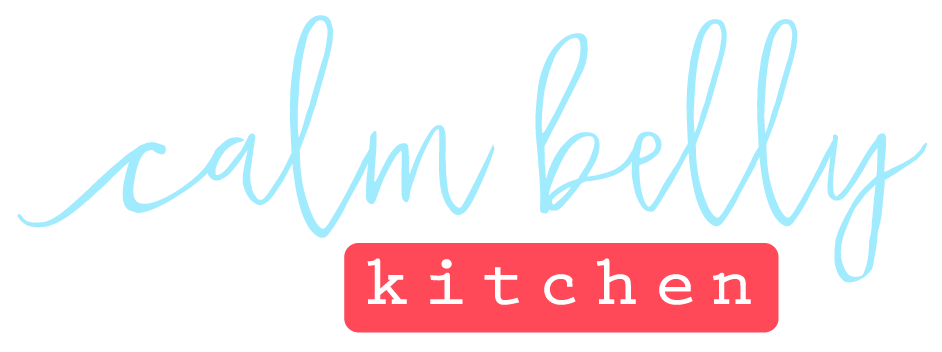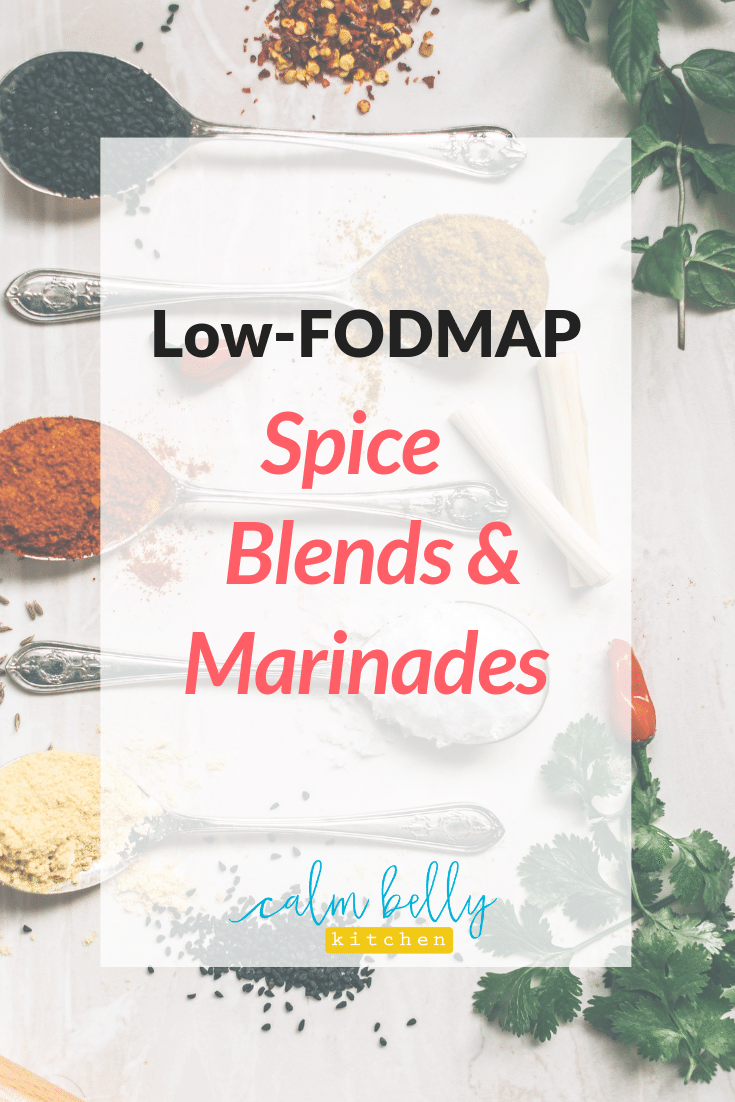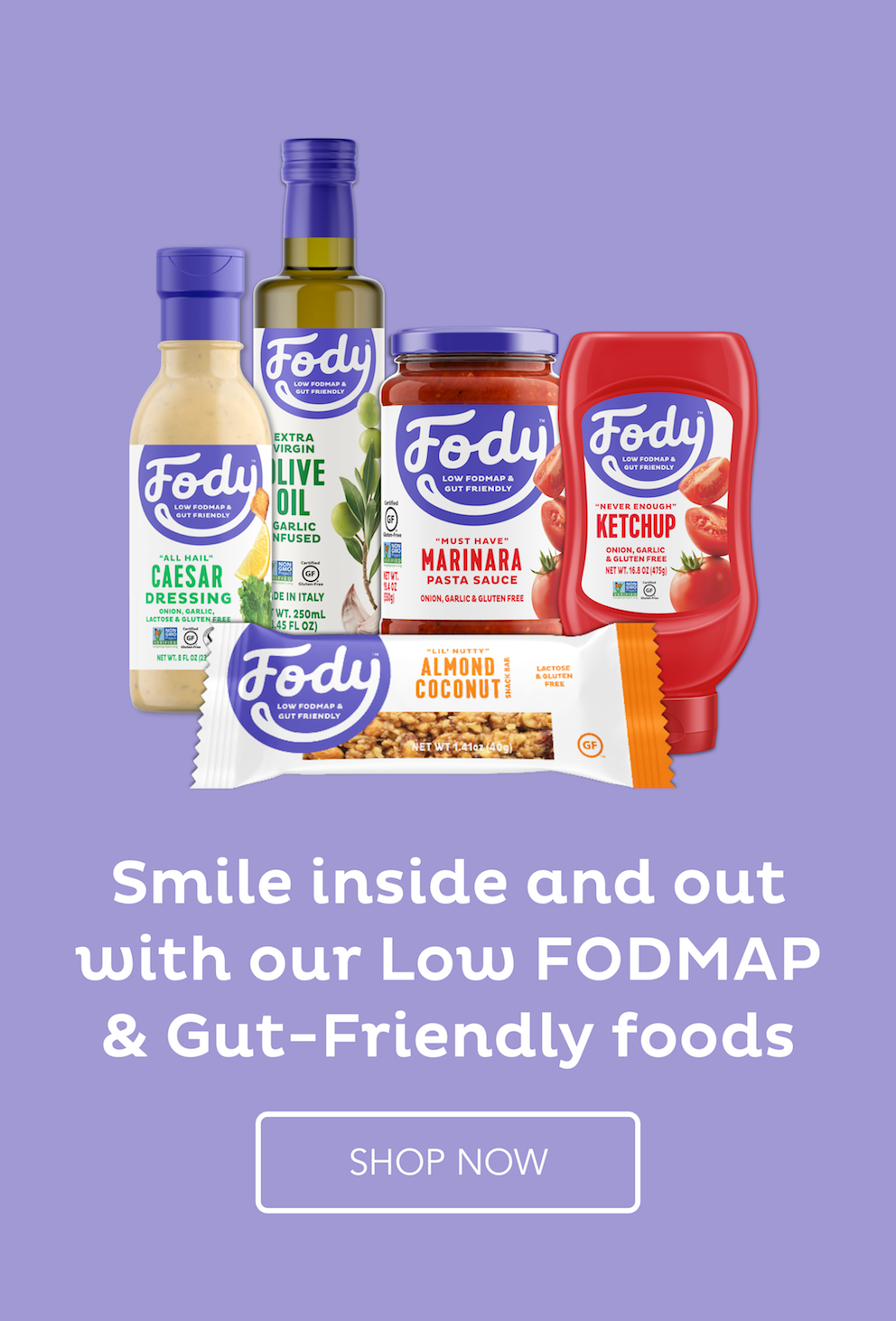Pin it!
The FODMAP diet is sometimes called a journey, yet the end goal of this "journey" is a vague and shadowy place.
It's a lot easier to explain things that are black and white, like taking FODMAPs away. But since life AFTER the FODMAP Diet looks different for everyone, it's a lot less clear cut.
You wouldn't start off on a journey without a destination (or at the very least, a certain transformation) in mind. So today we're looking at the big picture of the FODMAP Diet, or the true end goal.
Knowing what you get in the end makes it a whole lot easier to work hard and persevere.
Hint: the end goal is NOT to give up all high FODMAP foods forever.
Watch the video to go deep on this topic, or read the key points below!
KEY POINTS:
The FODMAP diet is not a lifetime diet.
You shouldn't stay on it indefinitely because:
It's nutritionally restrictive
It's socially restrictive
And (most importantly) it's not necessary
So what's the end goal?
To put it simply, it's to have control over your symptoms, NOT to eat as few FODMAPs as possible.
Less FODMAP = less symptoms isn't the whole story.
If you're taking away food with no specific purpose, you're causing yourself more work and more deprivation.
The goal of the elimination phase is to:
Confirm you're sensitive to FODMAPs
Hit the reset button on your body
Learn what other factors play a role in your digestive symptoms
Once you've done that it's time to move to the next phase which to test your personal tolerance to specific FODMAP categories. From there you take all the awesome knowledge you've gained and create a lifetime eating style.
Still not convinced? At this point you've taken away all FODMAPs and felt better but until you test each category, you don't really know why you felt better - wouldn't that be great to know!?
What does a lifetime eating style look like?
You're confident about your food choices because they're based on real knowledge about your body
You don't feel "sick" or like you have to police every bite because you have some flexibility - For example, there's no need to avoid every possible instance of garlic in your chicken broth
Conclusion
The FODMAP Diet is a learning process. That’s great news, because it means you don’t need to worry about success or failure, only learning what you want to know or not.
Once you’ve learned the information you’re seeking about FODMAPs and your unique body, you can create new eating habits, new routines…in other words YOUR new normal.
The end goal, then, is to eat and make food choices based on knowledge about your body. It’s a pretty great goal to strive for, don’t you think?

































